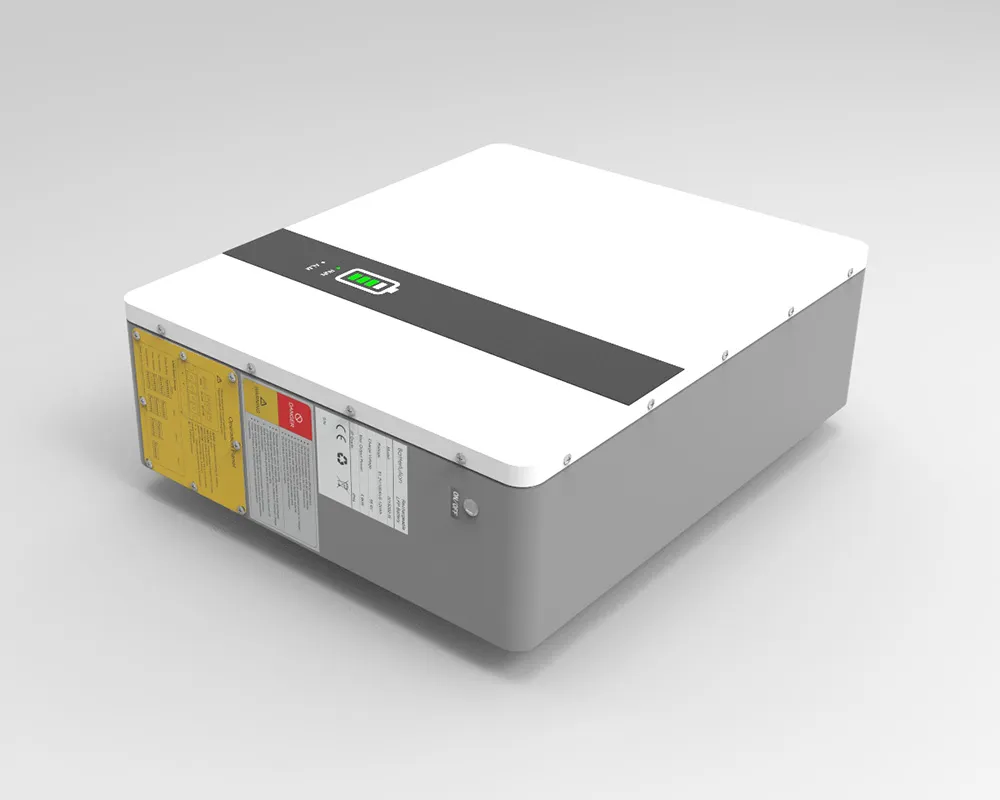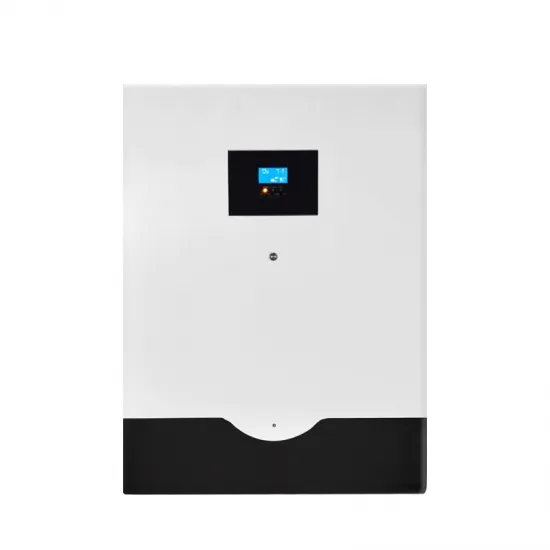The Evolution and Advantages of Lithium Batteries: A Comprehensive Overview
Introduction :Lithium batteries have revolutionized the world of portable electronics and energy storage systems. With their exceptional energy density, longer lifespan, and improved environmental sustainability, they have become the preferred choice for a wide range of applications. This article provides a comprehensive overview of lithium batteries, including their history, composition, working principle, advantages, and emerging trends, serving as a valuable resource for understanding these remarkable power sources.
History and Development
The history of lithium batteries dates back to the 1970s when researchers began exploring the potential of lithium as a viable anode material. However, it was not until the early 1990s that commercial lithium-ion batteries became available. Since then, significant advancements have been made in the technology, resulting in increased energy density and improved safety features. The development of lithium iron phosphate (LiFePO4) batteries and lithium polymer batteries further expanded the possibilities of this technology.
Composition and Working Principle
Lithium batteries are rechargeable energy storage devices that consist of several key components. The anode is typically made of graphite, while the cathode incorporates lithium-based compounds such as lithium cobalt oxide (LiCoO2), lithium iron phosphate (LiFePO4), or lithium manganese oxide (LiMn2O4). The electrolyte, which enables the flow of lithium ions between the anode and cathode, is a non-aqueous solution.
During discharge, lithium ions move from the anode to the cathode through the electrolyte. While electrons flow through an external circuit, generating electrical current. During charging, the process is reversed, with lithium ions migrating back to the anode. The movement of lithium ions within the battery is facilitated by intercalation, a reversible insertion process.

Advantages of Lithium Batteries
Lithium battery offers numerous advantages over conventional battery technologies.
Firstly, they possess a high energy density, allowing for a greater amount of energy storage in a smaller and lighter package. This feature is particularly crucial in portable electronic devices like smartphones, laptops, and electric vehicles (EVs) where weight and space are significant considerations.
Secondly, lithium batteries exhibit a low self-discharge rate, retaining their charge even when not in use. This characteristic ensures that devices or systems relying on lithium batteries are ready for immediate use, without the need for frequent recharging or battery replacements.
Additionally, lithium battery has a long cycle life, meaning they can withstand a large number of charge and discharge cycles before their capacity significantly degrades. This longevity makes them ideal for applications where durability and reliability are paramount, such as solar energy storage systems or medical devices.
Furthermore, lithium battery offers fast charging capabilities, allowing for quick replenishment of energy reserves. This feature is increasingly important in today’s fast-paced society, where time is of the essence.
Emerging Trends and Future Outlook
The field of lithium battery technology continues to advance. With ongoing research and development focused on improving performance, safety, and sustainability. One promising area is the development of solid-state lithium battery, which replace the liquid electrolyte with a solid-state material, offering enhanced safety, higher energy density, and improved temperature stability.
Another emerging trend is the utilization of lithium batteries in renewable energy storage systems. Such as grid-scale applications and residential installations. The ability of lithium batteries to store excess energy generated by renewable sources, like solar and wind. And release it during high-demand periods helps promote the integration of clean energy into the power grid.
Moreover, efforts are underway to enhance the recyclability and reduce the environmental impact of lithium battery.


